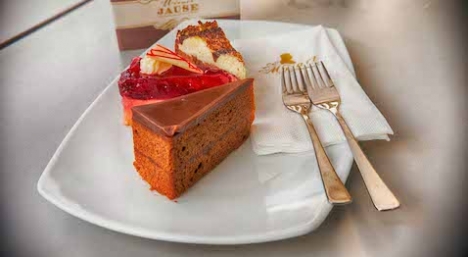If you’ve ever visited Austria you will of course have heard of, or even eaten a slice or two of the legendary Sachertorte but there are so many more delights to sample in cafes and patisseries.
Sachertorte and Kaiserschmarrn (a shredded pancake dish) are on UNESCO's cultural heritage list, and Austria plans to create a nationwide register of its traditional desserts.
Here is a list of our top ten, and needless to say we have personally tried them all, more than once.
If you’re planning on visiting Austria and have a sweet tooth come with a big appetite, and perhaps some trousers with a stretchy waistband. You’ve been warned.
The Local's top ten includes the oldest cake in the world, a dessert with a not-very-politically-correct name, and a few that involve curd cheese but are nonetheless delicious.



 Please whitelist us to continue reading.
Please whitelist us to continue reading.
Member comments